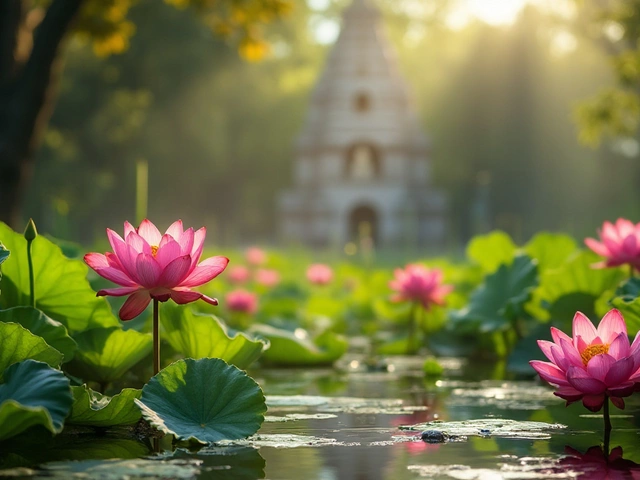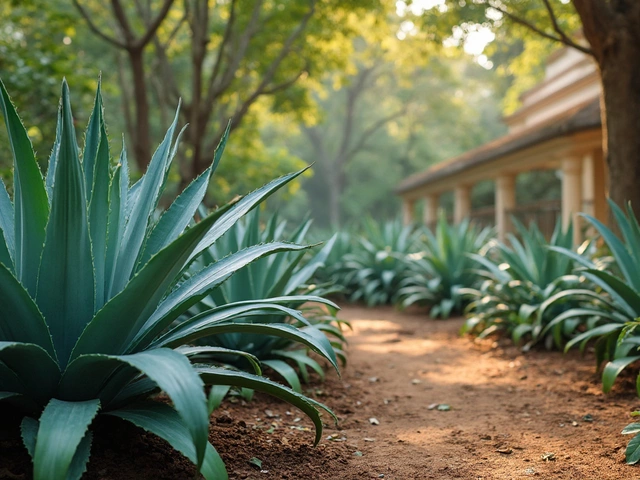Hillside Planting Made Simple: Tips for a Thriving Slope Garden
Got a sloping backyard and wonder if you can turn it into a garden? Absolutely. With a few practical steps you can stop soil slipping away, keep water where it’s needed, and grow plants that love the incline.
Step 1: Prepare the Soil and Stop Erosion
First thing – check the soil texture. Hillsides often have compacted or loose soil that washes away during rain. Break up heavy patches with compost, sand, or well‑rotted manure. A simple mix of one part compost to two parts native soil gives better structure and lets roots breathe.
Next, create a low retaining barrier. You don’t need fancy walls; a line of stone, broken terracotta pots, or even thick bamboo stakes held together with twine works. This slows water flow and gives soil a chance to settle.Plant ground‑cover species right along the barrier. In India, creeping thyme, ajuga, or native grass species spread fast and hold the soil in place. They also save you time on mulching.
Step 2: Choose the Right Plants and Water Wisely
Pick plants that match the sun exposure on your slope. The top of the hill gets the most sun, so herbs like rosemary, oregano, or dwarf hibiscus thrive there. Mid‑level gets partial shade – try coleus, ferns, or shade‑loving marigold varieties. The bottom stays cooler and wetter, perfect for begonias, impatiens, or even small vegetable patches.
Drip irrigation is a game‑changer on slopes. Burying drip lines a few inches deep (see our guide on drip line burial depth) ensures water goes straight to the root zone without runoff. A simple pressure‑regulated kit with a timer can save water and cut your bills.
When installing drip, run a main line along the contour line of the hill, then branch out to each planting zone. This follows the natural flow of water and reduces erosion risk.
Don’t forget companion planting. Pair nitrogen‑fixing legumes like mung beans with leafy greens; the beans improve soil fertility while the greens shade the soil, keeping it moist.
Finally, test soil pH once a year. Most hillside plants prefer a slightly acidic to neutral range (pH 6.0‑7.0). Adding a thin layer of garden lime or elemental sulfur can adjust the balance easily.
With these steps – stabilizing soil, selecting sun‑appropriate plants, and using drip irrigation – your slope can become a low‑maintenance, beautiful garden. Start small, watch how the ground reacts, and expand as you gain confidence. Happy planting!
Best Ground Cover for Hillside Erosion Control
Hillsides can be tricky to manage, especially when it comes to erosion. Ground covers offer a natural solution by stabilizing the soil and providing an aesthetic appeal. This article explores top ground cover options for hillsides, highlighting their benefits and planting tips to ensure effective erosion control.
About
Terrace Gardening
Latest Posts


Exploring India's Sacred Lotus: A Symbol of Purity
By Alden Thorne Jan 19, 2025

Best Garden Tools Every Gardener Needs: Simple Guide to Must-Have Gear
By Alden Thorne May 12, 2025

Discover the Marvel of the Agave, the Plant That Blooms Once Every 7 Years
By Alden Thorne Mar 8, 2025

